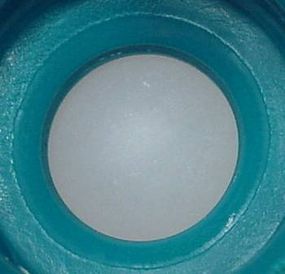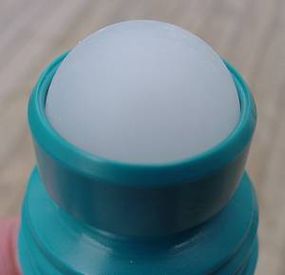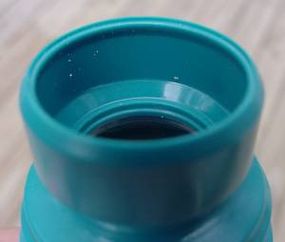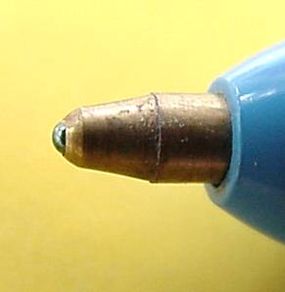
A ball point pen is a pen that uses a small rotating ball made of brass, steel, or tungsten carbide to disperse ink as you write. All of the pens that preceded the ballpoint -- whether quill, metal or fountain -- used a watery, dark india ink that fed through the pen using capillary action. The problems with this technology include:
- The ink can flow unevenly.
- The ink is slow to dry. The ink is exposed to the air while it is flowing through the pen, so it cannot dry quickly or it would clog the pen.
- When it does accidentally dry in the pen, the ink gums the whole thing up and requires meticulous cleaning.
When you add to this list the fact that fountain pens tend to flood when you fly on an airplane with them, you can see that all pens up until World War II presented some significant problems for their users -- the world awaited a better solution!
Advertisement
The goal of a ball point pen is to create a device that can distribute a fast-drying thick ink, without having the ink dry out in the pen itself. The key is the ball. The ball acts as:
- A continuous cap that keeps the ink from drying
- A mechanism for getting the ink onto the paper
The ball is located in between the ink reservoir and the paper by a socket, and while it's in tight, it has enough room to roll around as you write. As the pen moves across the paper, the ball turns and gravity forces the ink down the reservoir and onto the ball where it is transferred onto the paper. It's this rolling mechanism that allows the ink to flow onto the top of the ball and roll onto the paper you're writing on, while at the same time sealing the ink from the air so it does not dry in the reservoir.
Because the tip of a normal ballpoint pen is so tiny, it is hard to visualize how the ball and socket actually work. One way to understand it clearly is to look at a bottle of roll-on anti-perspirant, which uses the same technology at a much larger scale! The typical container of roll-on has the same problems a ballpoint pen does -- it wants to keep air out of the liquid anti-perspirant while at the same time making it easy to apply. At this scale it is easy to see how the mechanism works. Here's a shot of the ball end of a typical roll-on:
The dime in the picture helps you to understand how big the ball is.
If you look inside the container, what you have is extremely simple -- the ball is exposed so it can pick up the liquid anti-perspirant:

The following two photos show you how the ball fits into the socket:


A ballpoint pen works exactly the same way. The tiny ball is held in a socket, and the back of the ball is exposed so it can pick up ink from the reservoir. The ball fits into the socket with just enough space to move freely.

Advertisement